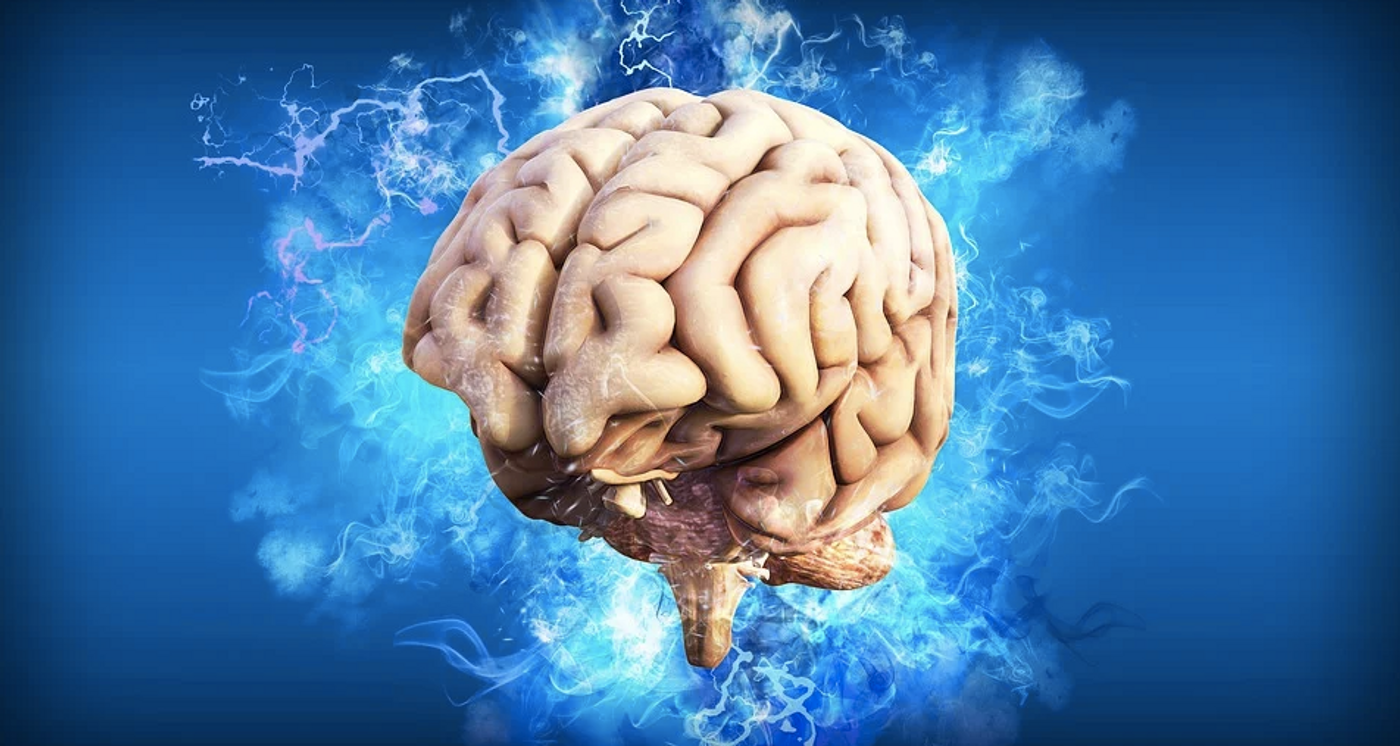Researchers Remotely Trigger the Release of Hormones
Hormones play a critical role in physiology. They are made in glands and released to move through the bloodstream to an organ or tissue where they have some biological effect. When the body is under stress, for example, the adrenal glands may be triggered to release adrenaline and cortisol, the primary stress hormone. Abnormal levels of these hormones have been linked to several mental illnesses including posttraumatic stress disorder (PTSD) and depression.
Researchers at the Massachusetts Institute of Technology (MIT) have now found a way to control the release of these hormones by inserting magnetic nanoparticles into the adrenal gland. The nanoparticles can be heated slightly by exposing them to a weak magnetic field, opening channels in the gland that respond to heat. An organ deep in the body can thus be easily stimulated. It may one day be possible to treat hormone-related diseases using this method, which has been reported in Science Advances.
“We’re looking how can we study and eventually treat stress disorders by modulating peripheral organ function, rather than doing something highly invasive in the central nervous system,” said co-senior study author Polina Anikeeva, an MIT professor of materials science and engineering and of brain and cognitive sciences. Anikeeva's group has already created new nanomaterials, like one that releases drugs at specific times and places in the body.
The researchers wanted to know whether it was possible to treat brain disorders by influencing organs that can affect the central nervous system with hormones, but aren't a part of it. The adrenal gland is one such organ; it's part of the hypothalamic-pituitary-adrenal (HPA) axis, which has a central role in the body's stress response.
“Some disorders that we consider neurological may be treatable from the periphery if we can learn to modulate those local circuits rather than going back to the global circuits in the central nervous system,” noted Anikeeva.
The researchers targeted ion channels called TRPV1 that control how calcium moves into adrenal cells, and can be activated by different triggers including heat. When the channels open and calcium flows into adrenal cells, the cells respond by releasing hormones.
“If we want to modulate the release of those hormones, we need to be able to essentially modulate the influx of calcium into adrenal cells,” explained the lead study author and MIT-Technion postdoc Dekel Rosenfeld.
In this work, the researchers were able to change cellular function without altering genes. Instead, they created nanoparticles made of tiny crystals of a kind of iron oxide called magnetite. When the scientists injected them into the adrenal glands of a rat model, the nanoparticles stayed there for at least six months, and could be heated by a magnetic field. The field, about 100 times weaker than an MRI (magnetic resonance imaging), could open the calcium channels without damaging tissue nearby. In the rats, cortisol production doubled, noradrenaline levels went up about 25 percent, and their heart rate increased.
Anikeeva discusses her research in the video.
The researchers want to study whether promoting hormone release has a therapeutic impact on mental disorders, and investigate how this technology may be useful in pain relief.
“Being able to modulate pain receptors with this technique potentially will allow us to study pain, control pain, and have some clinical applications in the future, which hopefully may offer an alternative to medications or implants for chronic pain,” Anikeeva said.
Sources: MIT, Science Advances









